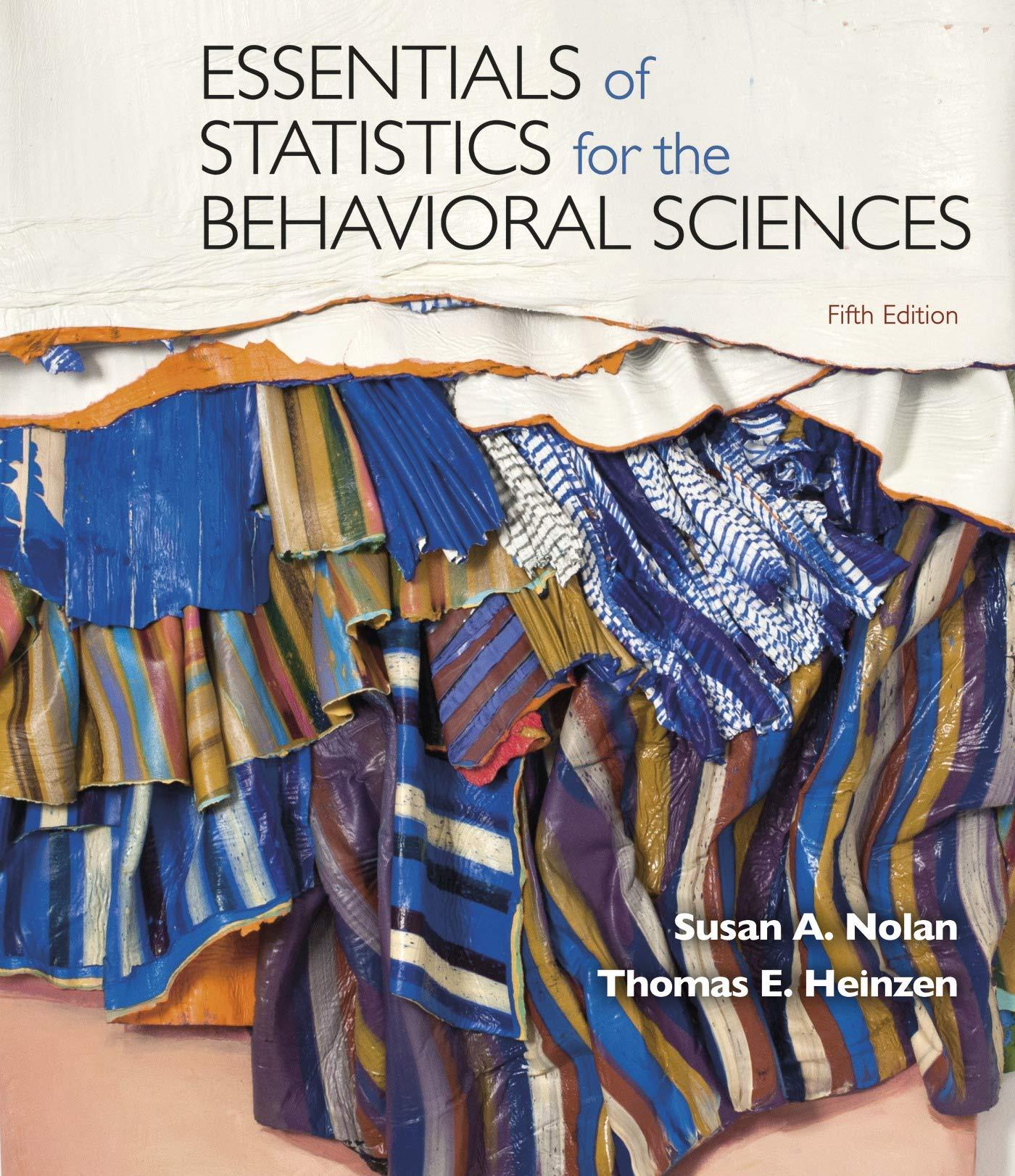11.47 Trust in leadership and one-way between-groups ANOVA: In Chapter 10, we introduced a study by Steele
Question:
11.47 Trust in leadership and one-way between-groups ANOVA: In Chapter 10, we introduced a study by Steele and Pinto (2006) that examined whether people’s level of trust in their direct supervisor was related to their level of agreement with a policy supported by that leader. Steele and Pinto found that the extent to which subordinates agreed with their supervisor was related to trust and showed no relation to gender, age, time on the job, or length of time working with the supervisor. Let’s assume we used a scale that sorted employees into three groups: low trust, moderate trust, and high trust in supervisors. Following are fictional data regarding level of agreement with a leader’s decision for these three groups. The scores presented are the level of agreement with a decision made by a leader, ranging from 1, the least agreement, to 40, the highest level of agreement. (Note: These fictional data are different from those presented in Chapter 10.) Employees with low trust in their leader: 9, 14, 11, 18 Employees with moderate trust in their leader: 14, 35, 23 Employees with high trust in their leader: 27, 33, 21, 34
a. What is the independent variable? What are its levels?
b. What is the dependent variable?
c. Conduct all six steps of hypothesis testing for a one-way between-groups ANOVA.
d. How would you report the statistics in a journal article?
e. Conduct a Tukey HSD test. What did you learn?
f. Why is it not possible to conduct t test a in this situation? g. What is R2 for these data? How large is this effect according to Cohen’s conventions? h. What is ω 2 for these data? How large is this effect according to Cohen’s conventions?
Step by Step Answer:

Essentials Of Statistics For The Behavioral Sciences
ISBN: 9781319247195
5th Edition
Authors: Susan A. Nolan, Thomas Heinzen






